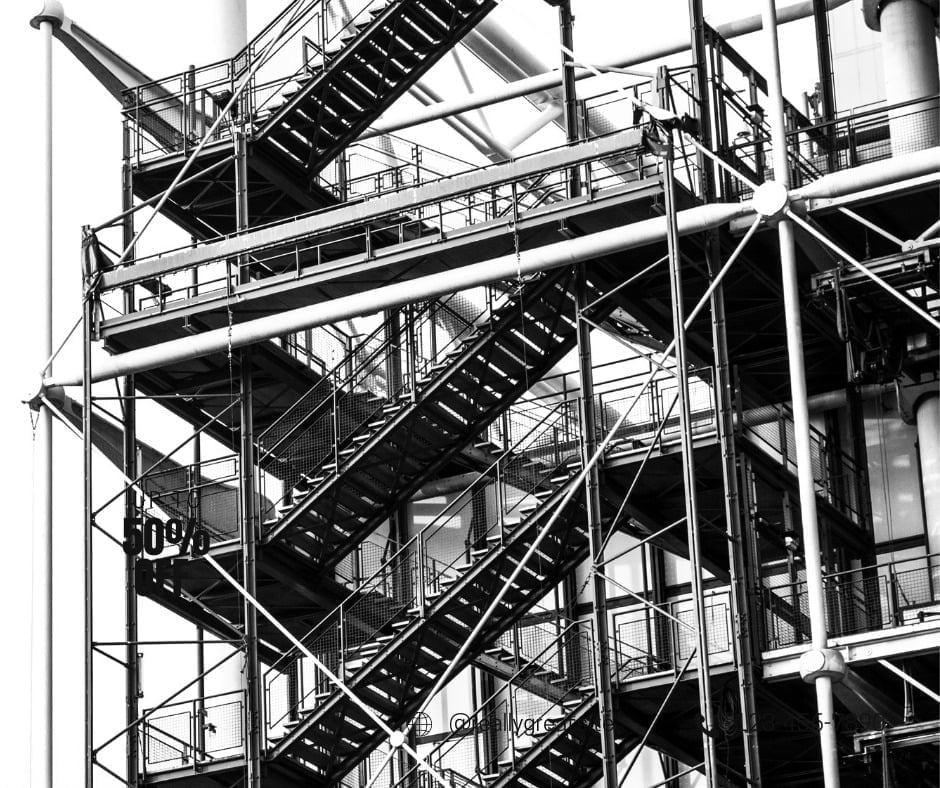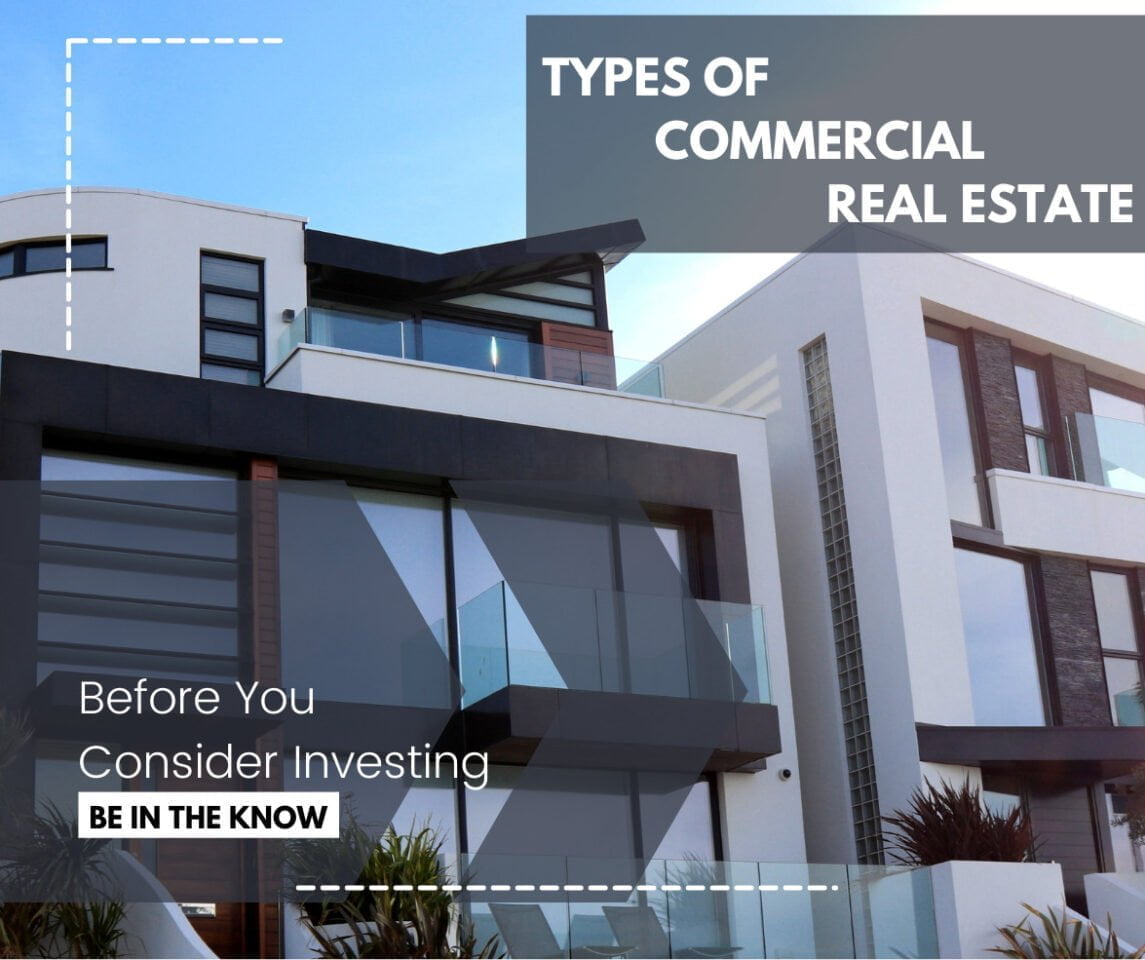Commercial real estate may be divided into multiple subcategories. When people think of commercial property, they often picture offices, shopping malls, or warehouses as typical examples; however, the real estate industry provides greater insight into specific property types than many would assume. Below is an exhaustive list of various forms of commercial real property with detailed explanations of their definition.
Office Buildings
Office buildings can generally be divided into three classes, A, B, and C are loose classifications related to context. Class A structures are considered the best regarding construction quality and location, while class B buildings might provide good construction quality but be in less desirable locations; class C buildings cover both classes equally in other respects. In many cases, you may not be able to find these in your local or regional MLS.
Central Business Districts (CBD)
Office buildings within central business districts can often be found near the heart of their cities – typically such as Chicago or New York; smaller cities like Orlando or Jacksonville may also include such office structures situated centrally within their limits. In such locations, high-rise buildings could even exist within CBD regions.
Suburban Office Structures
This office space category typically refers to midrise structures between 80,000-400,000 square feet situated away from city centers. There may also be suburban office parks that combine multiple midrise structures into campuses for easy accessibility.
Industrial Commercial Properties

Heavy Manufacturing
Heavy manufacturing property represents an exclusive use classification used by most manufacturers today. Such buildings often become tailored specifically for end users, with many machines installed specifically to serve those users – often necessitating substantial work if repurposed later for another customer.
Light Assembly
Structures described here are simpler than their factory counterparts and often evolve over time, most commonly utilized for storage, product assembly, and office functions.
Flex Warehouse
A flexible space warehouse typically contains office and industrial spaces which can quickly be converted to meet evolving business requirements, providing fast conversion times.
Bulk Warehouse
These properties typically range between 50,000-1 Million square feet in area. Bulk warehouses mainly distribute regional items; bulk warehouses require easy access for trucks entering or leaving highways.
Retail Commercial Properties

Strip Center
Strip centers are smaller retail facilities that may or may not feature anchor tenants such as Wal-Mart, Publix, or Home Depot that serve to draw patrons into the location. In general, strip centers contain various smaller businesses like Chinese restaurants, dry cleaners, and nail salons, which act as patron attractants for these facilities.
Community Retail Centre
Community retail centers typically cover an area between 150,000 to 350,000 square feet and typically house grocery and drug stores as anchor tenants, along with at least one restaurant within their facilities.
Power Center
A power center typically includes online and traditional retail shops; however, it stands out by hosting major box stores such as Wal-Mart, Lowes, Staples, or Best Buy that draw in consumers from near and far. An average big box store covers 30,000-200,000 square feet, while these retailers tend to encompass multiple parcels within their confines.
Regional Mall
Malls typically cover 400 to 2 million square feet and typically feature anchor tenants such as department stores or big box retailers such as Barnes & Noble or Best Buy as anchor tenants.
Out Parcel
Most larger retail centers feature one or two out parcels that can be reserved by private tenants, like fast food eateries or banks.
Multifamily Commercial Properties
Garden Apartments
Suburban garden apartment buildings began appearing during the late 1960s and early 1970s as younger people left urban areas for suburban locales. Gardens typically consist of three to four stories housing 50 to 400 apartments without elevator access and surface parking available on-site.
Midrise Apartments
Midrise apartments typically range in height from 5-to-9 stories and typically offer between 30 to 110 units, often located within urban infill areas. Elevators may also be provided.
High-rise apartments are increasingly becoming a common sight in larger urban centers and often feature hundreds of units managed professionally. You often find these in major metropolitan cities like New York, Philadelphia and Boston.
Hotel-Based Commercial Properties
Full-Service Hotels (FSH)
Full-service hotels are found in central or tourist hotspots in business districts that include brand-name properties like Four Seasons, Marriott, or Ritz Carlton hotels.
Hotels Offering Limited Services
Hotels that offer limited services tend to be smaller establishments; typically, these don’t provide services like room service, in-house restaurants, or conference spaces.
Extended Stay Hotel
Extended-stay hotels feature larger rooms and kitchens equipped with small spaces designed to meet the needs of those staying for at least seven consecutive nights.
Different Types Of Commercial Land
Greenfield Land
“Greenfield land” refers to undeveloped or pastoral regions where no development exists.
Infill Land
Infill land is often found within cities and has recently been constructed; however, its current condition remains empty.
Brownfield Land
Brownfield land parcels were once utilized for commercial or industrial uses but are now open for repurposing; typically, environmental impact assessments indicate their significance as potential brownfield sites.
Special-Purpose
The three types of real estate mentioned earlier cover most aspects of commercial use; however, this category encompasses only some forms. Owners and investors often build or own other forms of special-purpose real estate, such as self-storage facilities, car washes, themed parks, bowling alleys, theatres, marinas, funeral houses, community centers, church buildings, nursing homes, etc., as examples of commercial special-purpose real estate investments or developments.
